Blog
Jewellok is a professional pressure regulator and valve manufacturer and supplier.
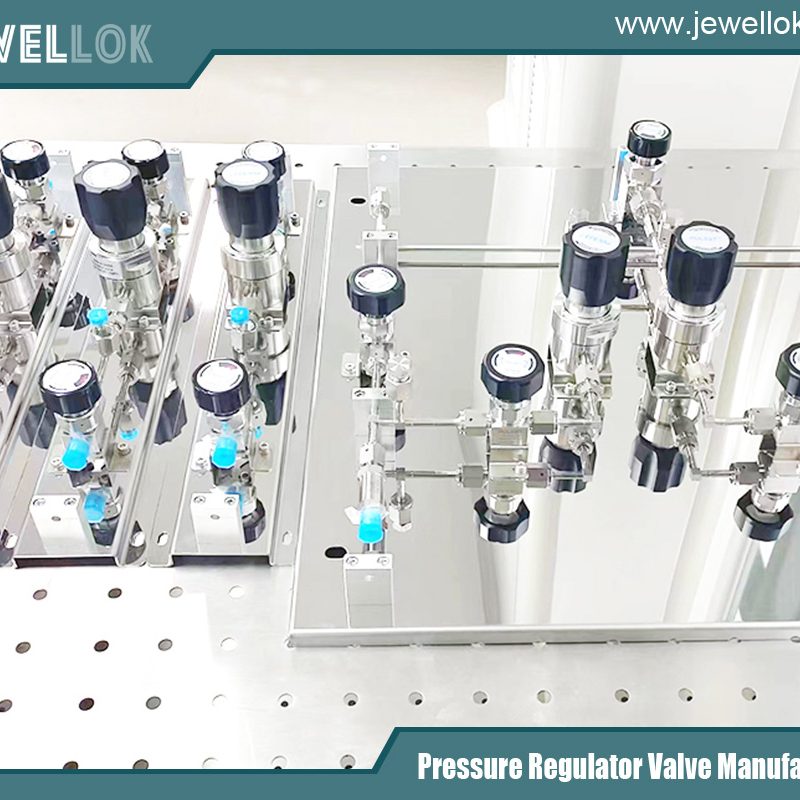
Back Pressure Regulating Valve: An Essential Component in Industrial Pressure Control
- Pressure Regulator Valve Manufacturer
- 316 SS ball valves manufacturer, Air Compressor Check Valve, Back Pressure Regulating Valve, back pressure regulator manufacturers, Brass Pressure Regulator, Changeover Manifold, China Back Pressure Regulating Valve Manufacturers, china high pressure air regulator valve manufacturer, Diaphragm Valve Manufacturers, Double Block and Bleed valve manufacturers, gas regulator valve manufacturers, high flow needle valve manufacturer, high pressure ball valve manufacturer, high pressure diaphragm valves manufacturer, high pressure gas cylinder regulator supplier, high pressure gas valve supplier, high pressure hydraulic needle valve manufacturer, high pressure needle valve manufacturer, high pressure nitrogen gas regulator companies, high purity gas pressure regulators manufacturer, high purity valves manufacturers, industrial diaphragm valve manufacturers, low pressure valve manufacturer, medical oxygen pressure gauge manufacturer, needle valve 10000 psi manufacturer, pneumatic actuated ball valve manufacturer, pressure control valve manufacturers, pressure gauge manufacturers, pressure reducing valve manufacturers, pressure regulating valve, pressure regulating valve for gas, pressure regulating valve manufacturers in india, pressure regulating valve supplier in uae, pressure relief valve manufacturers, SS Diaphragm Valve, Stainless Steel Ball Valve, Stainless Steel Diaphragm Valve Manufacturer, Stainless Steel Needle Valve, Stainless Steel Pressure Regulator, stainless steel pressure regulator supplier in uae, Stainless Steel Tube Fittings, ultra high purity pressure regulator manufacturer in germany, Water Solenoid Valve
- No Comments
Back Pressure Regulating Valve: An Essential Component in Industrial Pressure Control
Pressure regulation is a cornerstone of industrial processes, ensuring that systems operate safely, efficiently, and within specified parameters. Among the various tools designed for this purpose, the back pressure regulating valve (BPRV) plays a critical role by maintaining a constant pressure upstream of the valve. This ability to control pressure is vital in industries ranging from oil and gas to pharmaceuticals, where even minor deviations can lead to safety hazards, equipment damage, or compromised product quality.This article explores back pressure regulating valves in detail, delving into their types, working principles, applications, benefits, challenges, maintenance requirements, selection considerations, and the standards that govern their use. Whether you’re an engineer, technician, or industry professional, understanding BPRVs can help optimize system performance and ensure operational reliability.

- What is a Back Pressure Regulating Valve?
A back pressure regulating valve is a specialized control valve designed to maintain a consistent pressure on its inlet side, known as the upstream pressure. It achieves this by automatically adjusting the flow of fluid—whether gas, liquid, or a mixture—through the valve based on pressure changes. When the upstream pressure exceeds a predetermined set point, the valve opens to release excess fluid, reducing the pressure. If the pressure drops below the set point, the valve closes to restrict flow, thereby stabilizing the pressure.BPRVs are essential in systems where maintaining a specific pressure is critical for process efficiency, equipment protection, or safety. Their automatic operation eliminates the need for constant manual adjustments, making them a reliable solution for pressure control in dynamic industrial environments.
- Types of Back Pressure Regulating Valves
Back pressure regulating valves are broadly classified into two main types: direct-acting and pilot-operated. Each type has unique features that make it suitable for specific applications.
- Direct-Acting Valves
Direct-acting BPRVs rely on a simple mechanical design featuring a spring-loaded diaphragm or piston. The diaphragm or piston senses the upstream pressure and directly controls the valve plug to regulate flow. These valves are straightforward, cost-effective, and easy to maintain, making them ideal for applications with moderate flow rates and lower pressure requirements.
- Pilot-Operated Valves
Pilot-operated BPRVs use a more complex system involving a small pilot valve that controls the main valve. The pilot valve monitors the upstream pressure and adjusts the main valve’s position via a control line or actuator. This design offers greater precision and can handle higher flow rates and pressure ranges, making it suitable for demanding applications where accuracy and responsiveness are paramount.
- How Back Pressure Regulating Valves Work
The working principles of BPRVs differ based on their type, but both aim to maintain a stable upstream pressure.
- Working Principle of Direct-Acting BPRVs
In a direct-acting valve, the upstream pressure acts on one side of the diaphragm or piston, while a spring exerts a counterforce on the opposite side. The spring is pre-set to a specific tension corresponding to the desired pressure. When the upstream pressure exceeds this set point, the diaphragm or piston moves against the spring, opening the valve to allow fluid to pass through and relieve the excess pressure. If the pressure falls below the set point, the spring pushes the diaphragm or piston back, closing the valve to maintain the target pressure.
- Working Principle of Pilot-Operated BPRVs
Pilot-operated valves operate using a two-stage mechanism. The pilot valve, a smaller direct-acting valve, senses the upstream pressure and controls the flow of fluid to the main valve’s actuator. This actuator then adjusts the position of the main valve plug to regulate the flow. This setup allows for finer control and quicker response to pressure fluctuations, making pilot-operated BPRVs more versatile for complex systems.
- Applications of Back Pressure Regulating Valves
BPRVs are indispensable across a wide range of industries due to their ability to ensure consistent pressure control.
Below are some key applications:
- Oil and Gas Industry: BPRVs maintain pressure in pipelines, separators, and storage tanks, preventing overpressure that could damage equipment or pose safety risks.
- Chemical Processing: They regulate pressure in reactors, distillation columns, and other equipment to optimize reaction conditions and ensure product consistency.
- Pharmaceuticals: BPRVs are used in processes like chromatography to maintain precise pressure levels critical for accurate compound separation and analysis.
- Water Treatment: They control pressure in filtration systems, protecting membranes and ensuring steady flow rates.
Real-World Examples
- Oil Refinery: In a distillation unit, a BPRV on the overhead line of a column maintains a constant pressure, ensuring efficient separation of crude oil into fractions like gasoline and diesel.
- Pharmaceutical Manufacturing: In a high-performance liquid chromatography (HPLC) system, a BPRV stabilizes pressure to guarantee reliable separation of compounds, which is vital for quality control.
- Advantages and Disadvantages
Like any industrial component, BPRVs come with both benefits and challenges.
5.1 Advantages
- Equipment Protection: By preventing overpressure, BPRVs safeguard pumps, pipelines, and other components, reducing wear and extending service life.
- Process Stability: They ensure consistent pressure levels, enhancing the efficiency of pressure-sensitive processes.
- Automation: BPRVs operate without manual intervention, improving system reliability and reducing labor costs.
5.2 Disadvantages
- System Complexity: Integrating BPRVs can complicate system design, requiring careful planning to avoid issues like pressure drops.
- Flow Restrictions: If not properly sized, BPRVs may limit flow, impacting overall system performance.
- Cost: High-precision or corrosion-resistant valves can be expensive, particularly for specialized applications.
- Maintenance and Troubleshooting
Regular maintenance is crucial to keep BPRVs functioning effectively. Key tasks include:
- Leak Checks: Inspecting seals and diaphragms for wear or damage that could lead to leaks.
- Pressure Verification: Ensuring the spring or pilot settings align with the desired pressure set point.
- Cleaning: Removing debris or blockages that might impair valve operation.
Common Problems and Solutions
- Leakage: Often caused by worn seals or improper installation. Solution: Replace faulty components and ensure proper assembly.
- Pressure Instability: May result from incorrect spring tension or internal blockages. Solution: Adjust settings and clean the valve as needed.
- How to Select the Right Back Pressure Regulating Valve
Choosing the appropriate BPRV requires evaluating several factors to match the valve to the application:
- Flow Rate: The valve must accommodate the maximum expected flow without causing excessive pressure drops.
- Pressure Range: It should maintain the set pressure within the system’s operating limits.
- Fluid Characteristics: Compatibility with the fluid (e.g., corrosive, viscous, or particulate-laden) is essential to prevent damage or clogging.
- Temperature: High or low temperatures may necessitate specialized materials or designs.
- Control Precision: Applications requiring tight control may favor pilot-operated valves over direct-acting ones.
Other considerations include cost, availability, and the valve’s compatibility with existing infrastructure.
- Standards and Regulations
BPRVs must adhere to industry-specific standards to ensure safety, reliability, and compliance. Examples include:
- Oil and Gas: Standards from the American Petroleum Institute (API) or International Organization for Standardization (ISO) govern design and performance.
- Pharmaceuticals: Good Manufacturing Practice (GMP) guidelines ensure quality and consistency in manufacturing processes.
- Water Treatment: The American Water Works Association (AWWA) provides standards for equipment used in water systems.
Understanding and adhering to these regulations is critical for selecting and operating BPRVs effectively.

- Conclusion
Back pressure regulating valves are vital components in industrial systems, providing precise pressure control to enhance safety, efficiency, and reliability. By exploring their types, working principles, applications, and the considerations involved in their selection and maintenance, professionals can leverage these valves to optimize performance across diverse industries. As technology advances and industrial demands grow, BPRVs will continue to play an essential role in meeting the challenges of modern pressure regulation.
For more about the back pressure regulating valve: an essential component in industrial pressure control, you can pay a visit to Jewellok at https://www.jewellok.com/ for more info.
Recent Posts
Which Gas Pressure Regulator is Best for Laboratory Use?
Complete Guide to Choosing the Best High Pressure Nitrogen Gas Regulator
Top 10 Gas Regulator Valve Manufacturers in China 2025
Tags
Recommended Products
-
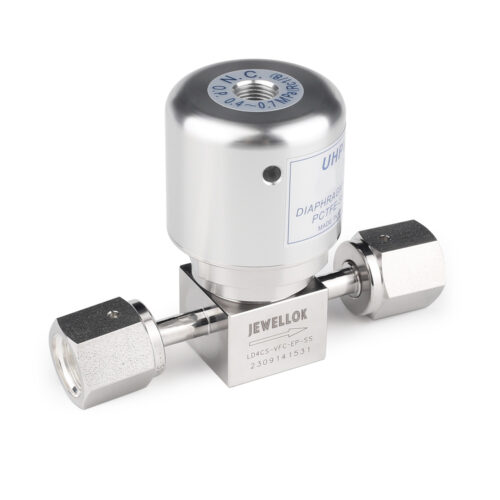
Stainless Steel Low Pressure Seal Pneumatic Diaphragm Control Valve For For HP & UHP Gases
-

Clean Connection Cabinet JW-300-CCB Valve Manifold Box And Control Valve Box
-
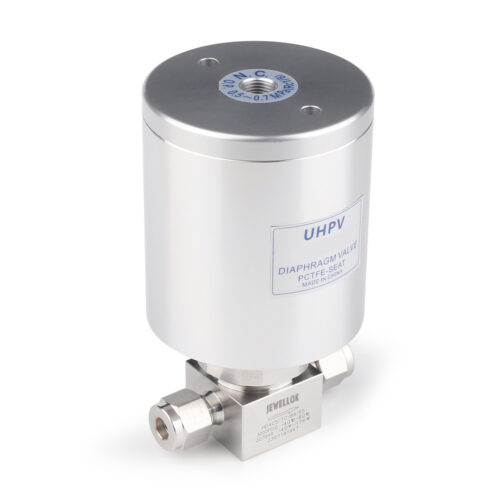
High Pressure High Temperature Pneumatic Ultrahigh Purity Stainless Steel Diaphragm Valves
-
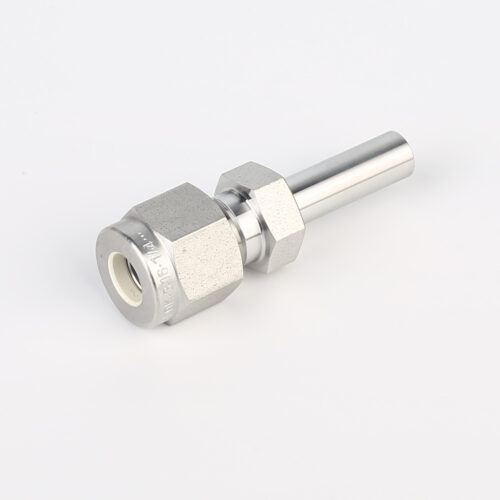
767LT Reducer Pressure Reducing Valve Adjustment High purity Pressure Reducing Union Fittings And Tubing
-
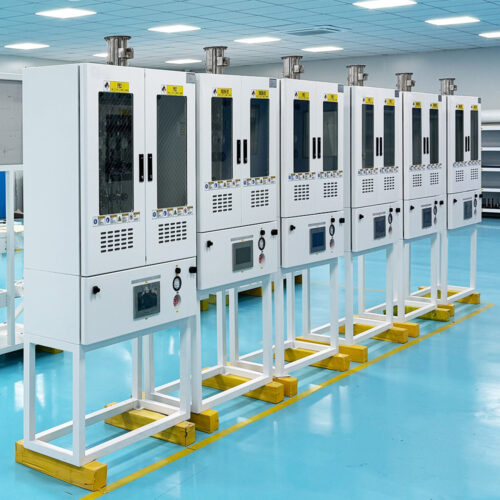
VMB Valve Manifold Panels And Boxes High Purity Configurable Systems JW-200-VMB & JW-100-VMB
-
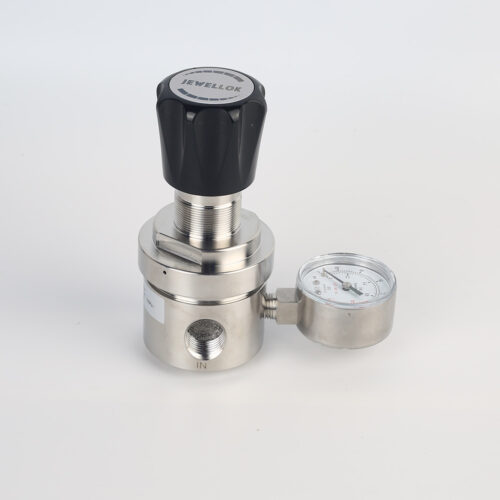
Line And Panel Mounting Adjustable Low Pressure Propane And Nitrogen Pressure Regulator JSR-3L & JSR-3LP Series
-
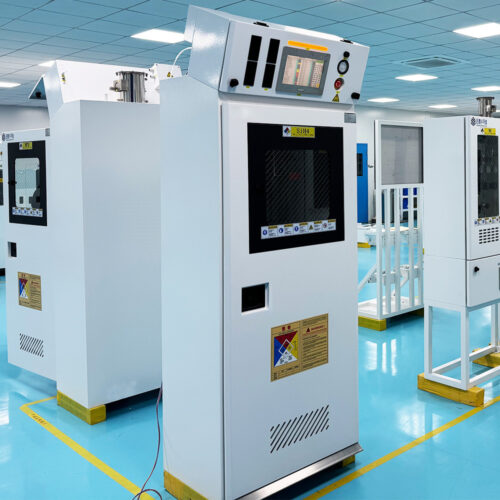
Integrated Gas System (IGS) Modular Integrated Gas Systems (TMS) Integrated Gas Supply System For Semiconductor And Laboratory
-
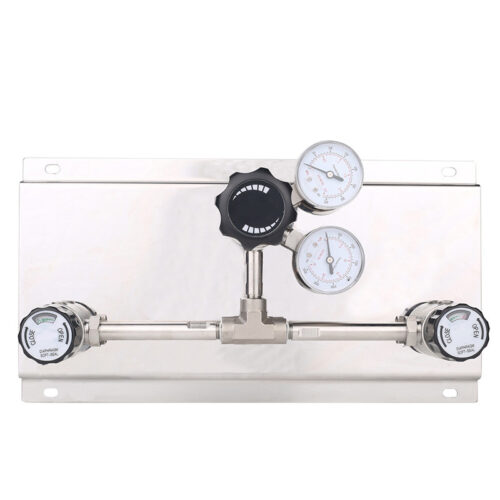
High Pressure High Flow Specialty Gas Control Panel With Diaphragm Valve , 3000Psig Oxygen Control Medical Changeover Manifold Panel